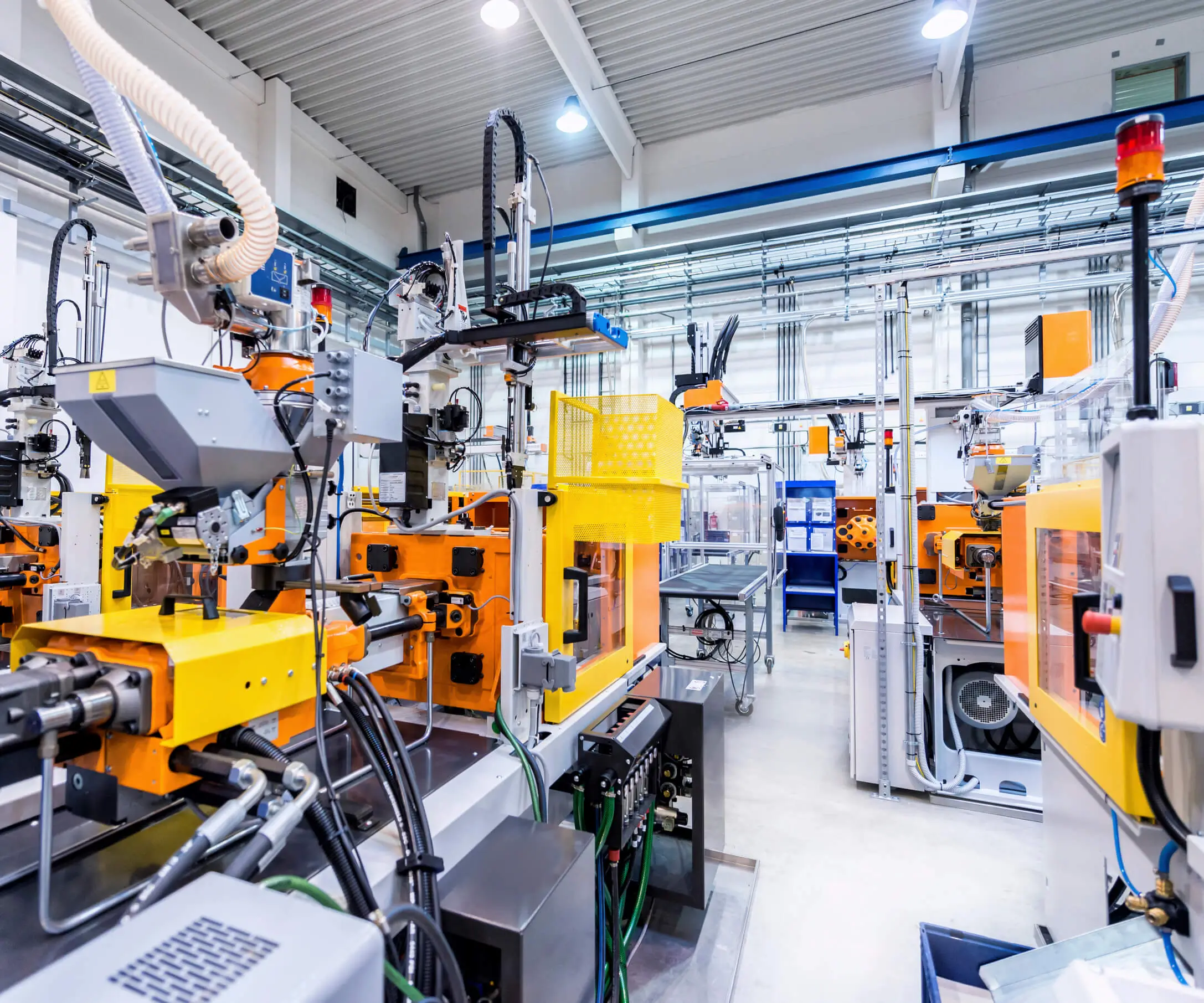Imagine a factory floor where precision is king, and every move the machinery makes needs to be just right. In this world, servo motors are the unsung heroes—powerhouses that ensure accuracy, speed, and control. But here’s the thing: not all servo motors are wired the same. Some come equipped with brakes, some don’t. Let’s dig into what makes each one tick and why you might choose one over the other.

First off, picture a servo motor with a brake. When the motor halts, the brake holds the position firmly, like a lock on a door. No accidental movement, no wobbling. This setup is perfect for applications where stopping isn’t enough—they need to stay still, even in power outages or sudden stops. Think about robotic arms in assembly lines that pick up delicate parts. The brake prevents slippage, so the position remains consistent even if the power dips. Having a brake is like giving your motor a seatbelt—it keeps everything in place.
Now, flip the coin. What about servo motors without brakes? These are lighter, simpler, often more responsive in continuous motion scenarios. They’re ideal for conveyor belts, where the motor is constantly in motion, or for systems that rely on external mechanisms for stopping. Without a built-in brake, these motors can save space and reduce complexity. But what happens if power cuts out? Usually, they just stop—no holding force. So, they’re best when the system can handle or compensate for that.
Plenty of questions pop up. For example: “If I need precise positioning even during power outages, should I go with a brake-equipped servo?” Absolutely. The brake acts as a failsafe, holding your position securely. On the other hand, if your application involves continuous movement and doesn’t require holding position when powered off, then a servo without a brake might be the way to go. It reduces weight and simplifies maintenance.
Something else worth noting—cost. Brakes add a bit to the price, but they also add reliability in critical tasks. If lost position could cause issues, paying that little extra makes sense. Conversely, for light-duty, repetitive tasks, a servo without a brake balances performance and budget.
The choice boils down to what’s most critical in your application: stopping, holding, speed, or simplicity. High-precision robotics? Brakes probably make sense. A fast-moving conveyor? Without brakes, probably enough. It’s all about understanding the environment your machine operates in, then matching that with the motor specs.
In the end, both servo motors with and without brakes serve their roles well. Picking the right one isn’t just a matter of specifications—it’s about imagining how your project will perform day after day, shift after shift. It’s an interesting puzzle, but once you connect the pieces, the picture gets clear.
Established in 2005, Kpower has been dedicated to a professional compact motion unit manufacturer, headquartered in Dongguan, Guangdong Province, China. Leveraging innovations in modular drive technology, Kpower integrates high-performance motors, precision reducers, and multi-protocol control systems to provide efficient and customized smart drive system solutions. Kpower has delivered professional drive system solutions to over 500 enterprise clients globally with products covering various fields such as Smart Home Systems, Automatic Electronics, Robotics, Precision Agriculture, Drones, and Industrial Automation.




































